Happy Diwali 2025: Best 100 Diwali Wishes, Quotes, Messages, WhatsApp Status, Imagesdiwali 2025 diwali date

jain news jain mantra jain music stavan songs news facts astrology vastu shastra health treatment baby names india tourist place news ayurvedic upchar health disease best places to visit in india and world health blogging hosting domain wishing message blogging blogger tips free adsense friendly template theme for blogger blogspot.com blogger blogspot.com adsense blogging tips in english hindi blogging tips e cards wishing images

Top Best Breathing Exercises for Lungs
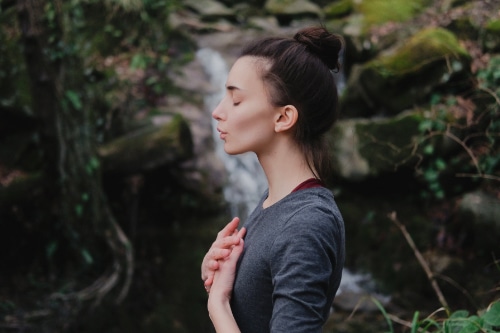
Diaphragmatic or belly breathing is a breathing technique that involves your diaphragm and helps you use it correctly. Make sure to practice it when you are in a rested position. In the beginning, you may feel exhausted. However, with practice, you would be able to control your breath easily and more naturally.
Duration/Frequency: Do it for 5 minutes to 10 minutes, three to four times every day.
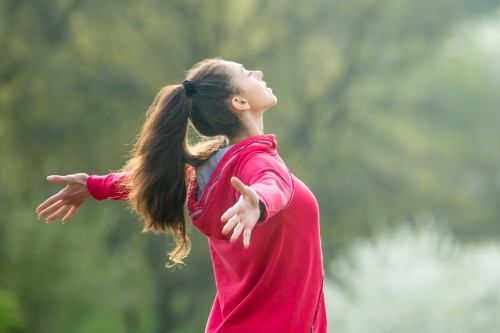
Hands in and out breathing is an easy breathing technique that can help you increase your lung capacity. It also helps in dealing with many lifestyle diseases, such as diabetes, hypertension, back pain, digestive issues, and heart diseases.
Duration/Frequency: Practice hands-in-and-out-breathing asana ten times (rounds).
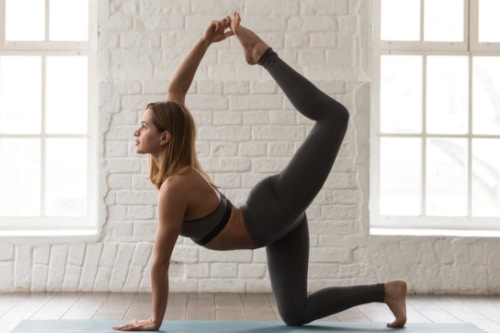
Tiger breathing exercise is a type of breathing exercise that resembles the way tigers breathe. It helps to strengthen your arm muscles, thighs, and knees, improving your digestive health, burning fat around your waist, hip, and thighs, and toning your spine, among others.
Duration/Frequency: Repeat 5 times
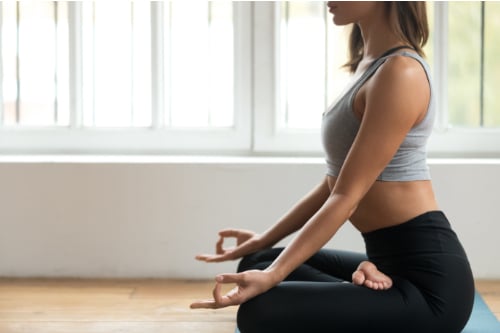
Ujjayi breathing exercise is one of the most common forms of breath-control yoga or pranayama. It focuses on your breath to calm your mind down. It also helps in overriding distracting thoughts. And, as it is a breathing exercise, it also improves your lung capacity.
As you breathe in and breath out, do the following steps:
Duration/Frequency: 12 cycles regularly
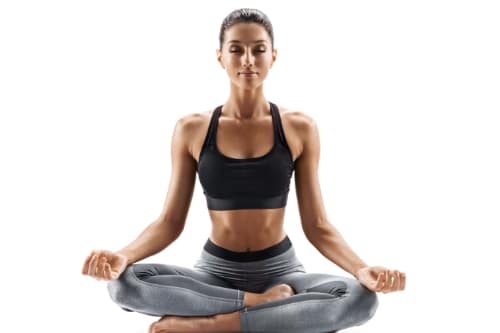
Moorcha in Sanskrit means fainting. Practicing this yogic breathing technique creates dizziness in the head, and you tend to feel lightheaded as if there is no sense left in you. This yogasana improves mental energy and brings in a sense of calm and euphoria.
Duration/Frequency: Practice it a couple of times during the day’s early hours
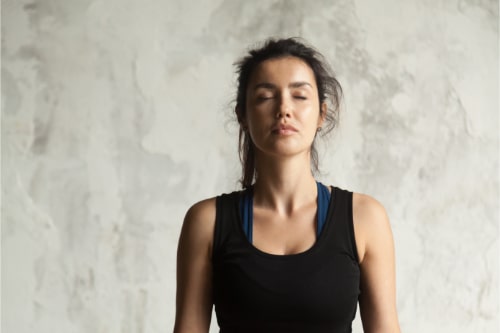
Shitali pranayama or cooling breath pranayama is a yoga technique that rejuvenates your mind and body while purifying your blood. As it reduces the excess heat in your body, it helps you cope with depression, fear, and anxiety in a better way.
Duration/Frequency:
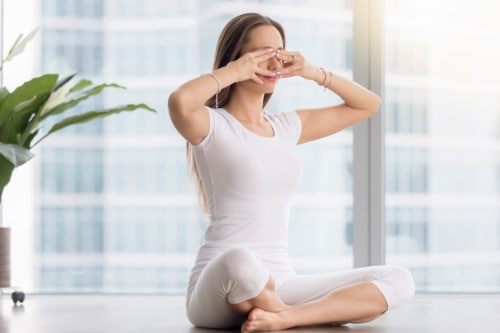
If you are looking for an instant way to de-stress, you have found your go-to breathing technique. Bhramari pranayama got its name from Bhramari, the black Indian bee. It is one of the most effective breathing techniques and helps you avoid frustration, irritation, and anxiety. The best part – you can do it anytime, anywhere.
Duration/Frequency: Repeat this asana five times
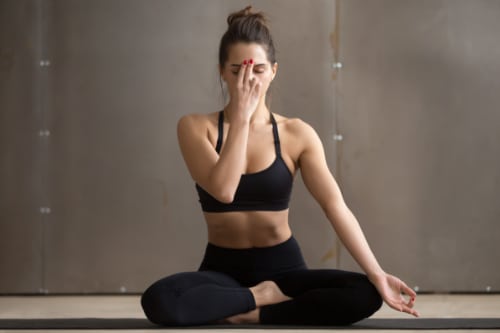
Anulom Vilom is a popular yogic breathing exercise that involves breathing in and breathing out. You need to close one nostril while breathing in and the other one while breathing out. Then you need to reverse and repeat it. This breathing technique brings many physical and mental benefits, including improved lung capacity, blood circulation, and stress reduction.
Duration/Frequency: To begin with, start slowly and gradually increase your timing
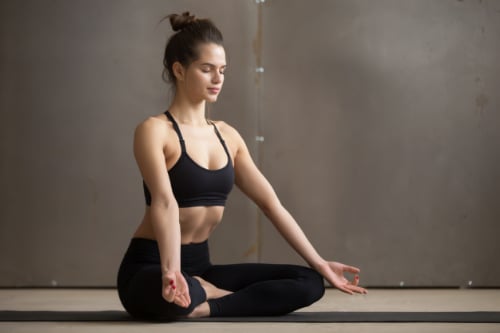
Also known as So-Hum and Hamsa, Kevali pranayama is to identify yourself with the ultimate, the universe. In light of meditation, you can break the word Sohum into two parts. ‘So’ will denote breathing-in, and ‘Hum’ will resemble the sound of breathing out. When practicing this pranayama, repeat the breathing mantra in your mind to get the best out of it.
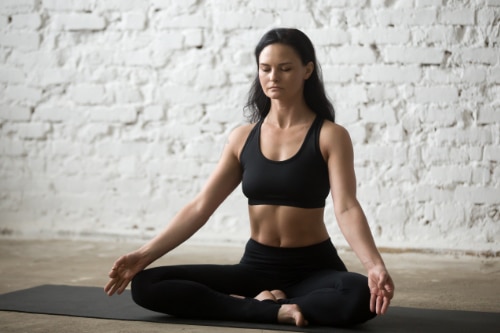
When you practice pranayama, around 80% of the toxic chemicals present in your body release with your exhales. Therefore, practicing kapalbhati detoxifies your body from within and brings a shine on your forehead, the literal meaning of kapalbhati – Kapal (forehead) and Bhati (radiate).
Duration/Frequency: 20 breaths make one round of the breathing exercise. You can practice two more rounds of the same, according to your needs.
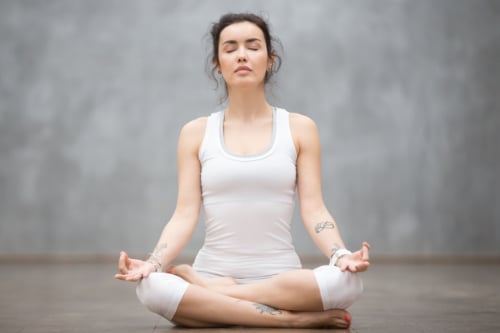
Bhastrika is a yogic breathing technique in which you need to do forceful and fast breath in and breathe out. It also involves your diaphragm’s movement, thus increasing the capacity of your lungs.
Duration/Frequency: 2 rounds are enough
Different types of yogic breath controlling techniques bring a wide range of benefits to you. However, not everyone is the same. Therefore, it is always wise to seek expert advice before getting started with any form of breathing exercise.
Comments
Post a Comment